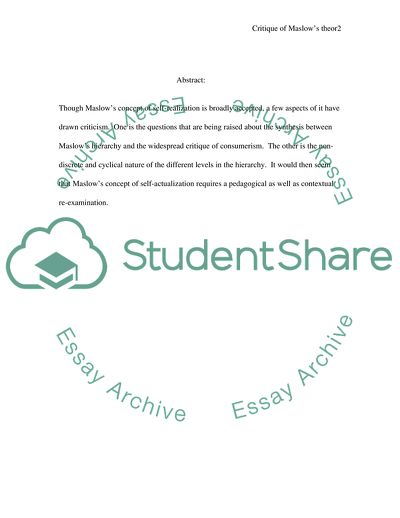Cite this document
(A Critique of a Journal Article on Maslows Concept Essay - 1, n.d.)
A Critique of a Journal Article on Maslows Concept Essay - 1. https://studentshare.org/sociology/1706764-psychology
A Critique of a Journal Article on Maslows Concept Essay - 1. https://studentshare.org/sociology/1706764-psychology
(A Critique of a Journal Article on Maslows Concept Essay - 1)
A Critique of a Journal Article on Maslows Concept Essay - 1. https://studentshare.org/sociology/1706764-psychology.
A Critique of a Journal Article on Maslows Concept Essay - 1. https://studentshare.org/sociology/1706764-psychology.
“A Critique of a Journal Article on Maslows Concept Essay - 1”. https://studentshare.org/sociology/1706764-psychology.


